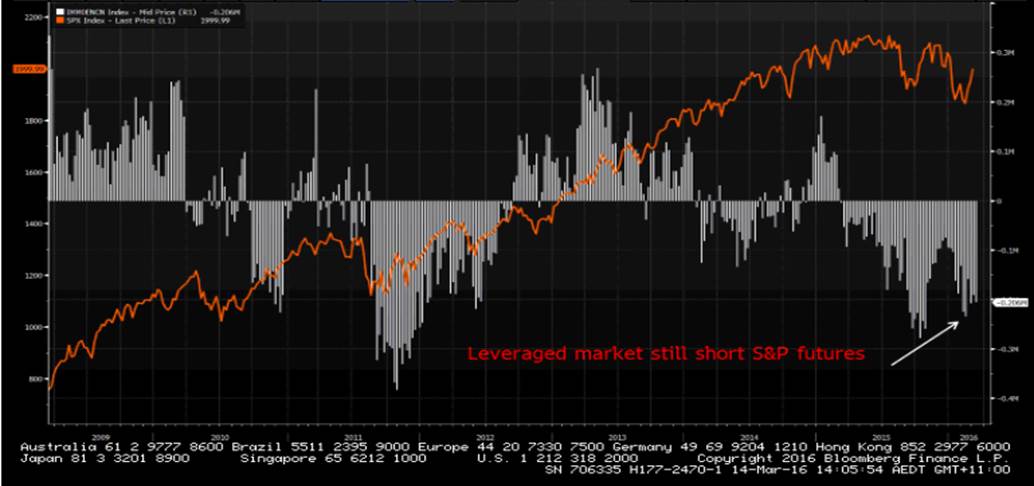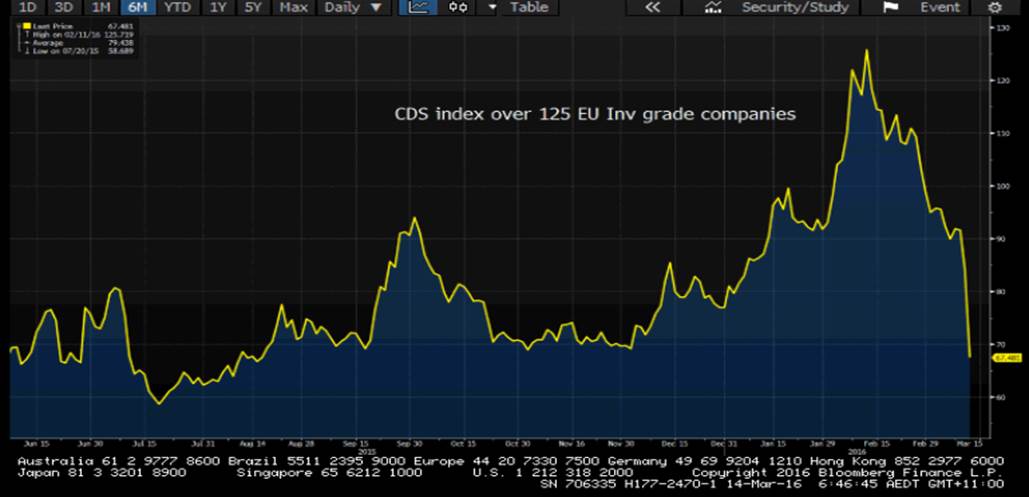Traders have been hesitant to increase risk in portfolios in any great size today, but to be fair the news flow hasn't really justified it.
Chinese economic data from Friday night (financing data) and the weekend (industrial production, retail sales and fixed asset investment) were below expectations, while German regional elections continue to highlight a worrying trend and another major European political risk for 2017. S&P 500, FTSE and oil have opened on a flat note, but as things stand our expectations are for a slightly stronger European equity open.
The feeling on the floors is that the move higher in risk assets still has legs, but there is a healthy degree of scepticism and there are a number of longs waiting to reverse to short or increase cash allocations should prices show even the slightest hint of rolling over. Using the S&P 500 as a guide this week seems logical, and while the index has finally closed back above the 200-day moving average (currently 2,019), breadth still has some way to go with 45% of the index still below the 200 DMA. To give a sense of the participation during the 11.7% rally from February 11, we have seen the number of companies trading above their shorter-term 20-day average increase from 29% to currently stand at 94%!
(Orange line – S&P 500, Histogram – Net positioning in S&P futures)

The USD is also key this week with the March FOMC in play. Leveraged funds reduced USD longs last week by $800 million, and net USD long positions have fallen to the lowest level since 2014. Most of the flow seems to have moved into the JPY, and positioning is now at the highest level since 2012. Clearly traders are not too concerned about holding JPY ahead of tomorrow’s Bank of Japan (BoJ) meeting. This move lower in the trade-weighted USD has been a major contributor in the improvement in financial conditions and has supported the rally in commodities, equities and credit. The Fed will be hugely appreciative of the move lower in the USD at a time when economic data and financial conditions have been improving, and they will not want to change this.
One should expect a slightly more upbeat tone from the Fed this week, given all three parts of its mandate (full employment, price and asset stability) are being met and selling fed fund futures (June contract) still offers attractions for those feeling a 45% probability of a mid-year hike is too conservative. Expect the ‘dots’ plot projection to be lowered 25 basis points for 2016 and 2017.
The Fed and central banks in general would have found a new respect and praise for Mario Draghi, who has effectively exited the global ‘currency war’ since joining in June 2014. Those long on credit would also think that Mario Draghi is a hero, and we have seen credit spreads absolutely collapse. With the dust settling on the ECB initiatives, most would say the measures are not game changing per se, but they are wholly significant in that they are pushing unconventional monetary policy measures through conventional reflationary channels and targeting credit creation. A novel approach away from targeting lower short-end yields, a weaker euro and in turn increasing competitiveness and domestic demand.
(Credit Default Swaps over 125 European Investment Grade bonds)

All eyes now focus on the first of four liquidity operations (TLTRO II) in June, where the take-up of funds will be significantly higher than the last liquidity program in 2014. Importantly, the program comes at a time when loan growth is increasing, unlike 2014 when demand for loans was falling. With that in mind, the ECB’s survey on bank lending on April 19 will get a strong focus from traders. It will also be interesting to look out for signs that companies are planning to increase capital spending, and traders should be watching to see a follow through in inflation expectations.
Ahead of the open we are calling FTSE at 6155 +16, DAX 9884 +53 and CAC 4502 +10.
